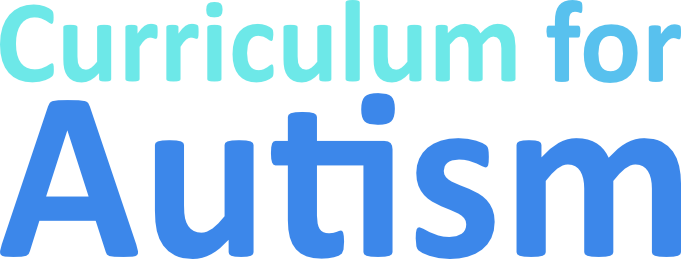How can I teach my non-verbal kid with autism to speak?
Is your child or teen with autism not yet verbal? Does your child make sounds but they’re not producing whole words?
I am writing this post to help & encourage you to teach your child or teen with autism to speak!
Please note that I am not a speech therapist. I’m a former teacher, and mum to an amazing and mischevous adult with autism.
When my son was diagnosed with autism at just 2 years old, I was told by the pediatrician & speech therapist that he’d never learn to speak. In fact, they went so far as to predict that he’d never learn anything at all and advised that there was no point in me trying to teach him.
My son is currently not the chattiest person you’d meet, but he speaks in sentences, asks questions, & gives instructions. He’s actually rather bossy at times!
When my son was diagnosed over 20 years ago, there were no early intervention services available in our area, no ABA therapists, and no autism specialists. My mum (manager of the local preschool at the time) and I read every book and online article we could find on autism in preschoolers and used our early education knowledge to design our own program for my son. We recruited a small team of local volunteers to help us.
I want to share with you the strategies and activities we used to teach my non-verbal son with autism to speak:
Songs - simple kids’ action songs. We missed out the last word in each line and paused to give him the opportunity to make a sound. Eventually, his sounds became part of words and then whole words.
Flashcards- we used a mix of homemade & purchased picture cards. He showed more interest in the real photos than cute images, so I cut photos from magazines collected by friends and family and stuck them onto card. We taught him to point to the correct pictures and to give us the correct one when asked, from a selection of 2 or 3.
Sorting & matching - we used lots of simple sorting & matching activities, starting with colors/colours and identical matching.
Labeling - everything in my kids’ playroom was labeled with a word & realistic picture, e.g. door, bookcase, table. We named everything that he used or saw.
Requests - my son was very food motivated in the early days, so at snack times (which we had several times a day), we acted confused or forgetful. This encouraged him to try to say what he wanted for a snack (from a choice of 2 or 3) or to request more. (Please note that I do not recommend using this strategy for meals while your child is just beginning to learn to request. It is unfair for a hungry child not to be able to access meals.)
Access to toys - only a few toys were out on the floor at a time, and others were placed out of reach. This encouraged my son to begin to ask for toys he wanted. Although, as a problem solver, he often preferred to move a chair and climb on it to get what he wanted for himself.
Turn-taking games - we played lots of simple card games like memory pairs, dominoes & lotto/bing. Games are also a great way to practice simple social skills like sharing, writing & taking turns.
For more advice & practical strategies, download my Speech and Language Guide
If you’d like to read some great books about teaching speech to kids with autism, I recommend:
More Than Words from the Hanen Centre
The Autism Language Launcher by Kate C Wilde
I hope you’ve found this information helpful and encouraging!
Kirsten
